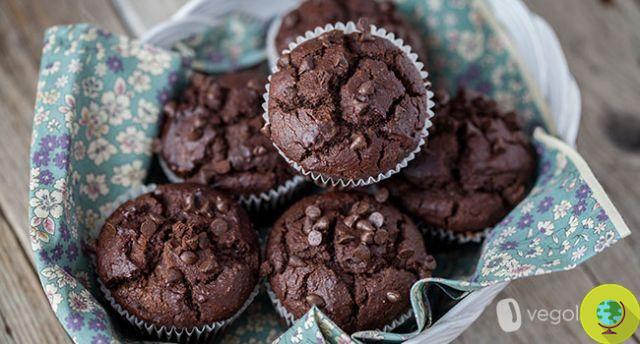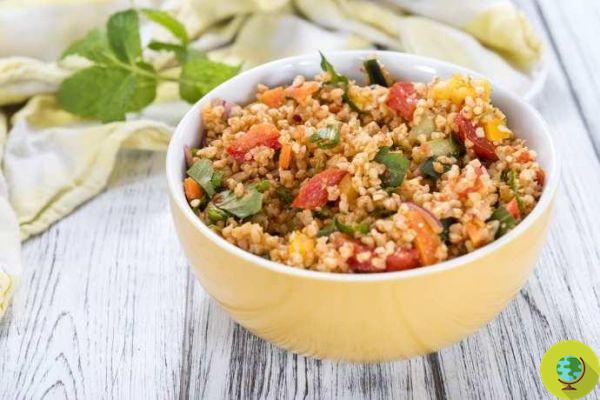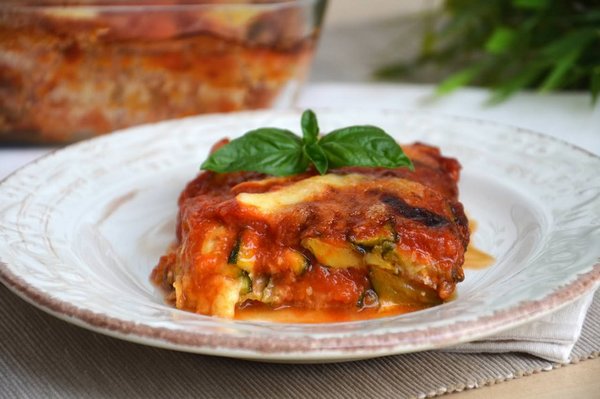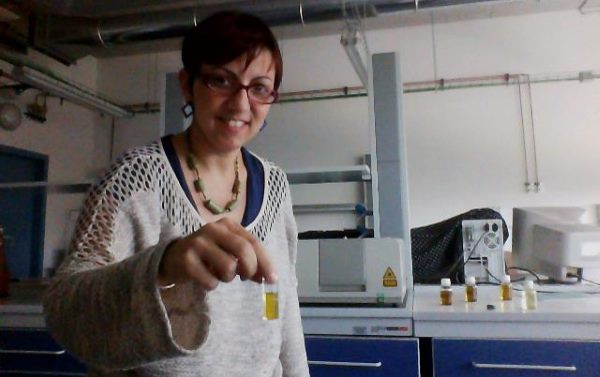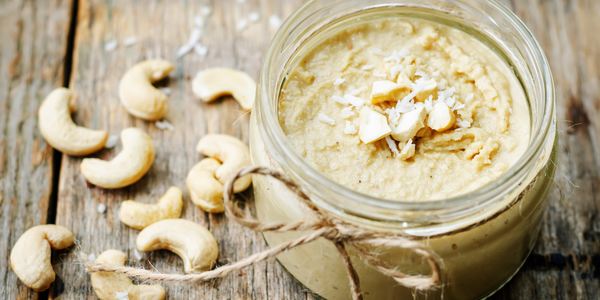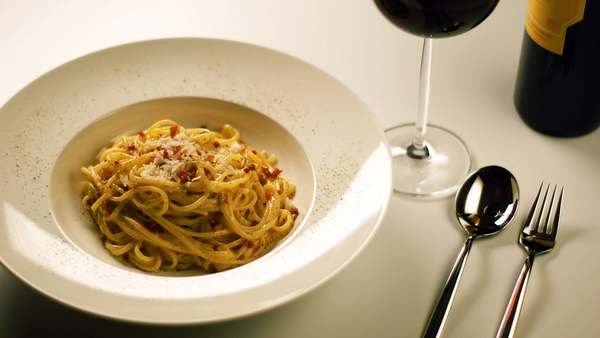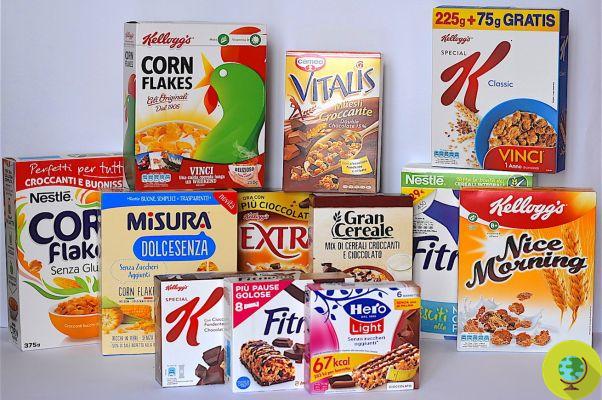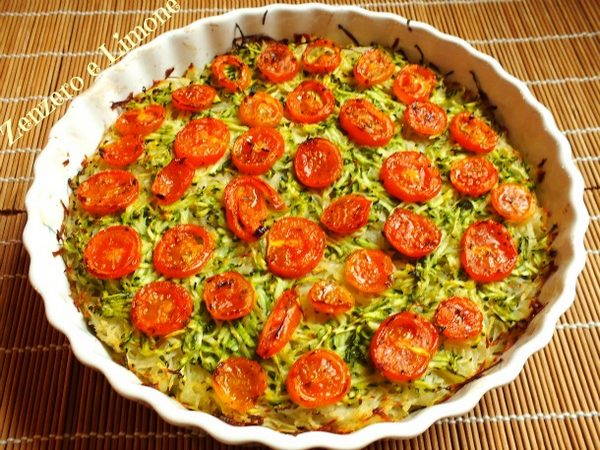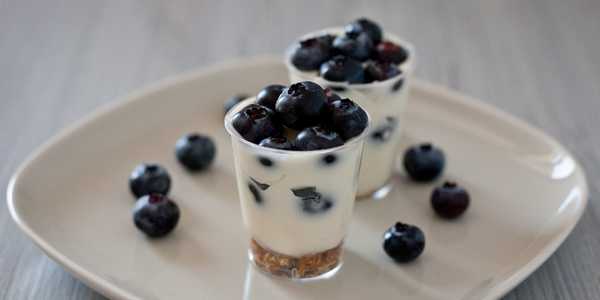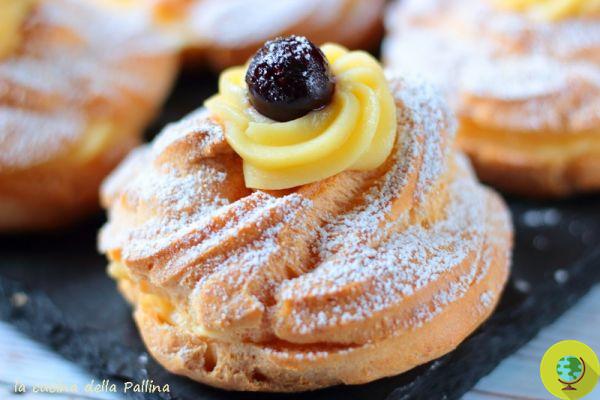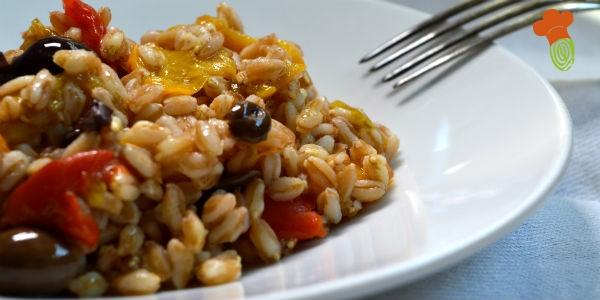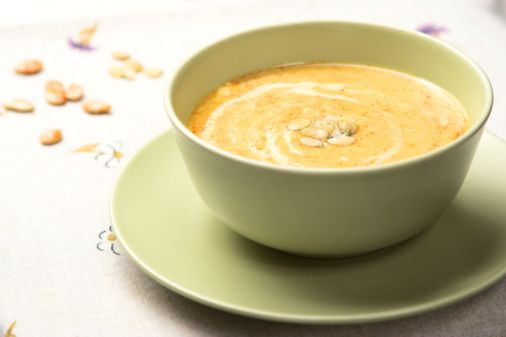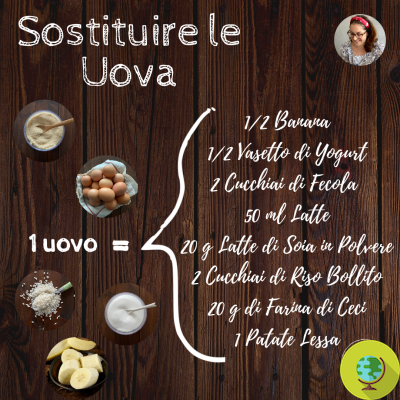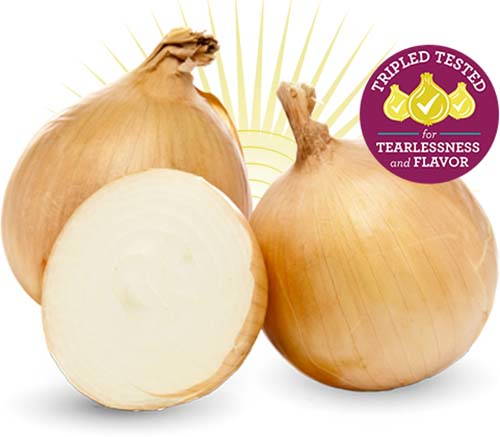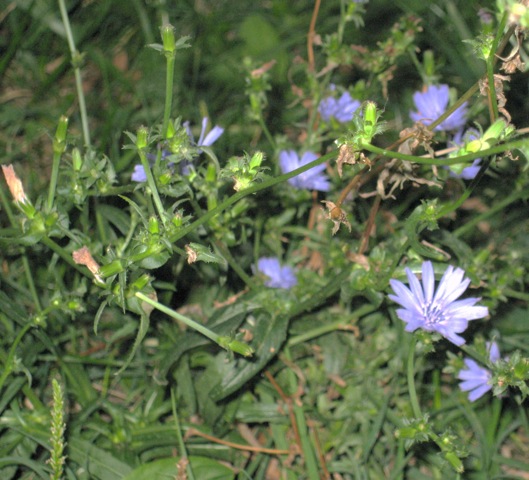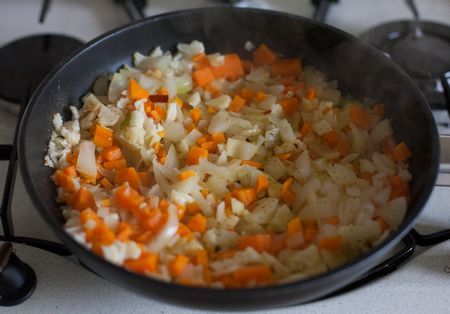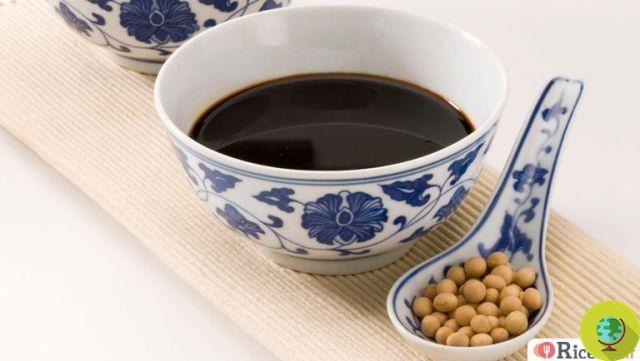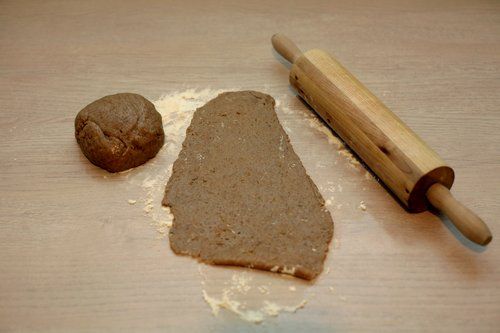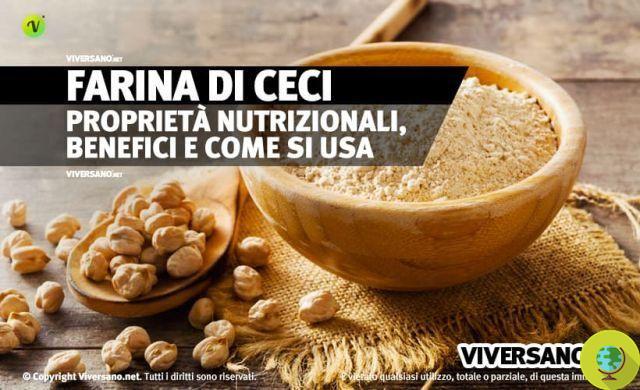
Chickpea flour is obtained by grinding dried chickpeas. It is a flour based on legumes completely gluten-free, suitable for use also by those suffering from celiac disease or gluten intolerance, always paying attention to any contamination occurring at the level of the industrial production of this flour.
Don't store avocado like this: it's dangerous
La chickpea flour it is obtained by grinding dried chickpeas. It is a flour made from vegetable completely gluten-free, also suitable for use by those suffering from celiac disease or gluten intolerance, always paying attention to any contamination occurring in the industrial production of this flour.
Index
properties of chickpea flour
The chickpea flour retains most of the nutritional properties present in the legumes from which it is derived. It turns out particularly rich in vegetable proteins, as well as iron, calcium and phosphorus. In the chickpea flour there are also vitamin C and vitamins of group B. Other vitamins contained in the chickpea flour are vitamin A and vitamin K. Al saponin content present in both chickpeas and chickpea flour are attributed beneficial properties related to lowering the levels of cholesterol and blood triglycerides.
In chickpeas and chickpea flour there are also vitamin E, magnesium, vegetable fibers and essential fatty acids, with particular reference toalpha-linoleic acid, necessary for the body for the formation of omega-3s. Chickpeas have been cultivated since Ancient Egypt and their transformation into flour is just as ancient. The chickpea flour was obtained by stone grinding, a technique thanks to which it is still possible to obtain the finest chickpea flour, starting from chickpeas left to dry in the sun. From a nutritional standpoint, 100 grams of chickpea flour provides around 360 calories.
How to use chickpea flour
Chickpea flour is the basic ingredient for the preparation of some completely vegetable-based regional recipes, such as Ligurian farinata and Sicilian panelle. Rather similar to Ligurian chickpea porridge is the cecina from Tuscany. Another typical dish of Ligurian cuisine, based on chickpea flour, is represented by panissa. Chickpea flour can be used as a substitute for eggs in the preparation of vegetable-based lighthouses.
It can be used instead of wheat flour in the preparation of crepes and pastels to be used for breading of vegetables and other foods. It is great, used in small quantities, such as thickener of puree and vegetable soups. It can be used in combination with other flours in the preparation of savory muffins and other foods to be cooked in the oven. Chickpea flour is very useful for replace the breadcrumbs in the preparation of croquettes e vegetable burgers, to make the surface more crisp or to obtain a compound that is easier to work with your hands. The chickpea flour can be used in combination with wheat flour for the preparation of gnocchi.
An interesting culinary use of chickpea flour provides for it denaturation, i.e. a partial cooking in the oven that allows the chickpea flour (and other legumes, such as lentils) to be used for the creation of doughs very similar to those obtainable by wheat flour or others flours containing gluten. The denaturation of chickpea flour is exploited to use it in the home preparation of fresh pasta (for example tagliatelle or ravioli), or leavened baked products. Denaturation is a very useful process for obtaining from legumes gluten-free flours suitable for celiacs. The normal chickpea flour can also represent an interesting additional ingredient in the home preparation of focaccia, crackers, bread and breadsticks, in combination with a flour containing gluten.
The chickpea flour does not find its use exclusively in the kitchen. In fact, its saponin content provides that it can be used in the production of completely natural and ecological products to be used for the body cleansing and for beauty care. Chickpea flour can be used for making one completely natural shampoo, but also masks for face care and body scrubs. In this article you can consult ten beauty treatment recipes DIY made from chickpea flour. Using chickpea flour for cleaning and self-care allows you to have low-cost, delicate and effective products available, to be prepared in the desired quantity and which avoid the accumulation of plastic vials in the waste.
How to make chickpea flour at home
The chickpea flour can be homemade from dried chickpeas, which can be purchased in grocery stores, producers, organic products stores or through Solidarity Purchase Groups. By purchasing dried chickpeas of biological origin, it will be possible to support a type of agriculture that is attentive to the environment and obtain a chickpea flour practically free of any trace of pesticides, since their use is not allowed in organic agriculture.
For the preparation of chickpea flour it is necessary to have a kitchen robot quite powerful, a electric mill or crank mill suitable for grinding legumes to obtain flour, the use of which is still widespread above all in the countries of the South of the world, but which could also make a comeback in Italy in order to allow a real saving of electricity. Anyone who owns a crank mill must consider themselves lucky. Electric mills are quite expensive, but if you are sure to use them often, also to obtain other types of flour, for example from wheat or corn grains, it is possible to amortize the expense through a single group purchase or that involves participation. more families, who will use the electric mill in sharing.
For the homemade preparation of chickpea flour it is necessary rinse the chickpeas themselves and let them dry on a towel for the whole day or night. To facilitate the grinding of flour, it is possible toast the dried chickpeas in the oven for 15-20 minutes at a temperature of 150 ° C. The chickpeas will have to be placed in your own mill or food processor a little at a time and ground until you get one rather fine-grained flour.
You can help yourself with a sieve to eliminate the portions of flour that are too large and rework them again in the mill or in the robot. Roasted chickpeas must be left to cool before grinding them in order to obtain flour. Chickpea flour can be stored in glass jars for a few weeks but, in order to obtain a flour that is always fresh, it is advisable to prepare the quantity necessary for the realization of your favorite recipes from time to time.
Marta Albè
READ also:
Chickpea Flour: 10 Uses and Recipes for DIY Beauty Treatments
How to prepare chickpea falafel at home
Vegan recipes: omelette with zucchini
Dried legumes: how to use them in the kitchen and beyond
5 veggie burger recipes





